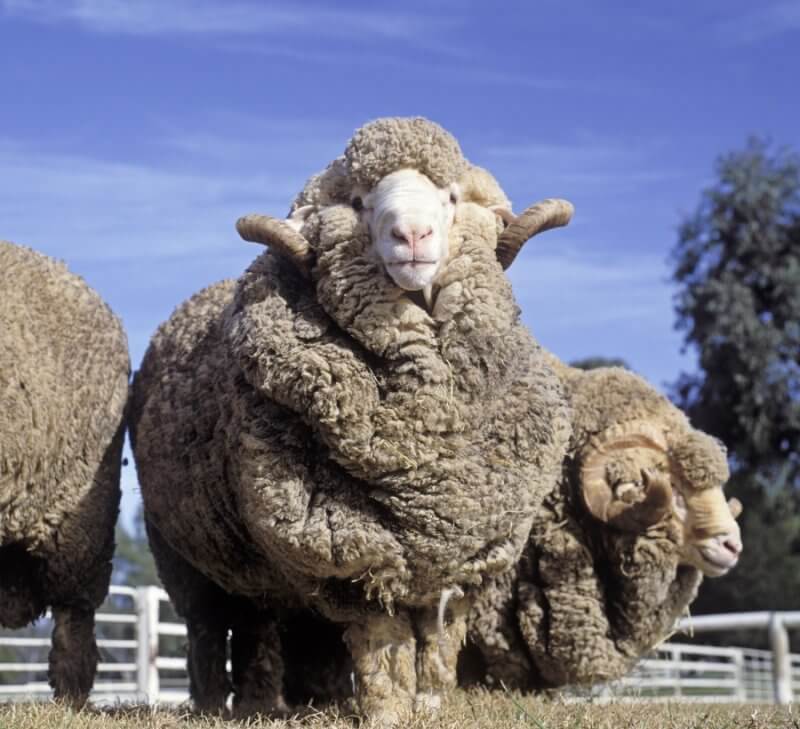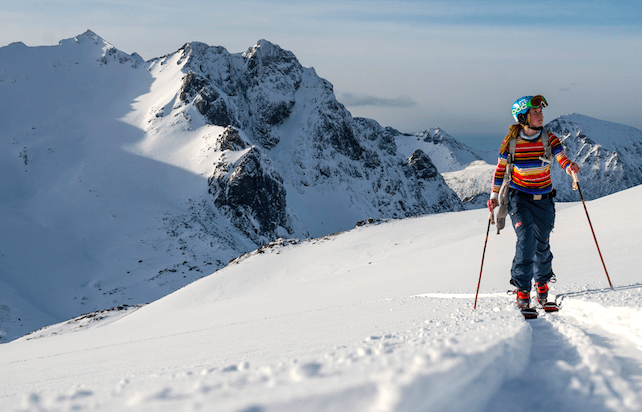Merino sheep stand out from other breeds of sheep in a number of ways. Fine wool- Merino lambs are famous for their exquisite wool. It is soft and more refined than other breeds of sheep. Merino wool is highly valued due to its warmth and versatility.
Adaptability Merino sheep possess a high level of adaptability to a variety of climates. They can thrive in both hot and cold climates and are able to tolerate a variety of temperatures.
Resilience - Merino sheep are famous for their resilience and hardiness. They are able to withstand extreme conditions in the weather, and are immune to a variety of common diseases of sheep.
Fertility- Merino Merino sheep are blessed with high fertility rates and are able to produce multiple offspring within one pregnancy.
Merino sheep's behavior when grazing is unique. They have an unique way of grazing that is beneficial to their health. They prefer to graze in a controlled and carefully selected manner. This allows them to stay clear of poisonous plants and excessive grazing.
BreedingThe breeding process Merino sheep are often selectively crossed to produce the finest wool. This has resulted in an array of Merino sheep breeds, each with their particular characteristics and distinct characteristics.
Merino sheep are valued by their exquisite wool and their adaptability. They are an important source for the wool industry and are widely respected by farmers and breeders around the world.

What Are The Different Kinds Of Base Layers Made Of Merino Wool Employed In Garments?
Merino wool is a fantastic base layer option for clothing because of its moisture-wicking and breathability, as well as its natural odor resistance and breathability. Below are the various Merino wool base layers. Lightweight base layers - These lightweight Merino base layers can be used in both warm and cool climates. They are typically made of light and breathable materials which are simple to layer underneath other clothing.
Midweight base layers: Midweight Merino wool base layers are made for use in cooler weather conditions. These base layers are usually made of thicker, more insulation-rich fabrics that give warmth and comfort during colder weather.
Heavyweight base layers- Heavyweight Merino wool base layers are specifically designed for use in cold temperatures. They are made from a thick and warm fabric that provides insulation and shielding from elements.
3/4 length base layers- 3/4 length Merino wool base layers are designed to offer warmth and comfortable lower body comfort without adding unnecessary bulk. These base layers are perfect to layer under shorts or pants during cooler temperatures.
Long sleeve base layers- Long sleeves Merino wool base layers are designed to offer warmth and ease to the upper body. They are constructed of a thin, breathable fabric and can be worn over clothes for extra warmth.
Hooded base layers - Hooded Merino Wool base layers offer warmth and protection from the elements. These hoods can be slid on top of a helmet, or other headgear and feature an hood that is fitted.
Zip-neck base layers Zip-neck Merino sheep wool base layers were designed for temperature control and ventilation. They typically come with a zip-up top that can be shut and opened depending on the conditions.
Merino wool options for base layers are diverse. They are available in a variety of weights and styles to meet your individual preferences and requirements. To ensure that you get the right quality and appearance, you should consider the weather conditions as well as the type of activity you are taking part in. Go discover koraoutdoor.com for ski clothing for site tips.

Why Is Merino And Himalayan Wool Combined To Make The Perfect Base Layer For Ski-Boarding?
Blending Merino wool with Himalayan yak wool makes an ideal combination to create a base layer for skiing because it combines the advantages of both fibers. Merino wool is widely regarded as being very soft and able to regulate temperature. Himalayan yarn wool is well-known for its warmth and durability. The two fibers create a base layer that is extremely warm, dry control, and breathable. It is ideal for skiing. Merino wool regulates the body's temperature, and also wicks away sweat from your skin to keep it cool and dry. Yak wool is an insulation layer, which provides warmth during cold temperatures. Merino wool blended with yak yarn is extremely durable and can withstand the wear and tear. It's an excellent base layer to wear for more intense activities like skipping. Overall, blending Merino wool and Himalayan yak wool creates a base layer that offers an ideal balance of warmth and breathability, moisture management, and durability, making it a great choice for skiing as well as other cold weather activities. Go explore koraoutdoor.com for women's ski clothes for more tips.

What Are The Other Fabrics That Are Available To Merino And/Or Yak Wool Ski Clothing? Are They Better?
There are a variety of alternatives that are comparable to Merino wool and Himalayan Yak wool that can be used for ski gear, however they might not be more effective in keeping you dry, warm, and comfortable on the slopes. Here are some alternative fabrics and reasons they might not be as good to ski with. Cotton- Cotton is one of the most common fabrics employed in the production of clothing. Cotton is a fabric with a water-retentive property that holds moisture. This can cause you to feel uncomfortable and cold. It is also not insulated and won't keep your warm during colder weather.
Polyester- Polyester is a synthetic material that is commonly used in ski clothing. It is quick to dry and moisture-wicking. However, it can't provide the same amount of warmth and insulation as Merino and Himalayan yak wool. There are those who find polyester less breathable , comfortable and more comfortable than natural fibers.
NylonNylon Nylon is a synthetic fabric that is known for its toughness and resistance to abrasion. Nylon-Nylon is suitable for use as ski clothes, however it isn't able to provide warmth or insulation. It's not as breathable as natural fibers such as Merino Wool, and is uncomfortable to wear for extended time.
FleeceThe Fleece Fleece is a very popular mid-layering fabric used for skiing. It is able to provide warmth and insulation but not as much as natural fibers, such as Merino wool and Himalayan-yak wool. In addition, some find fleece less breathable and more prone to trapping water as natural fibers.
Although there are a variety of materials that could replace Merino Wool and Himalayan Yok Wool for ski clothes, some might not perform as well at keeping you warm and comfortable on the slopes. Merino wool, Himalayan yak wool, and other natural fibers are better for ski clothing. They offer superior warmth and insulation, air-flow, moisture management, and warmth.